Global Food Crisis: How Russia-Ukraine and India's Policies Affect Commodity Prices


Send us your feedback to audioarticles@vaarta.com


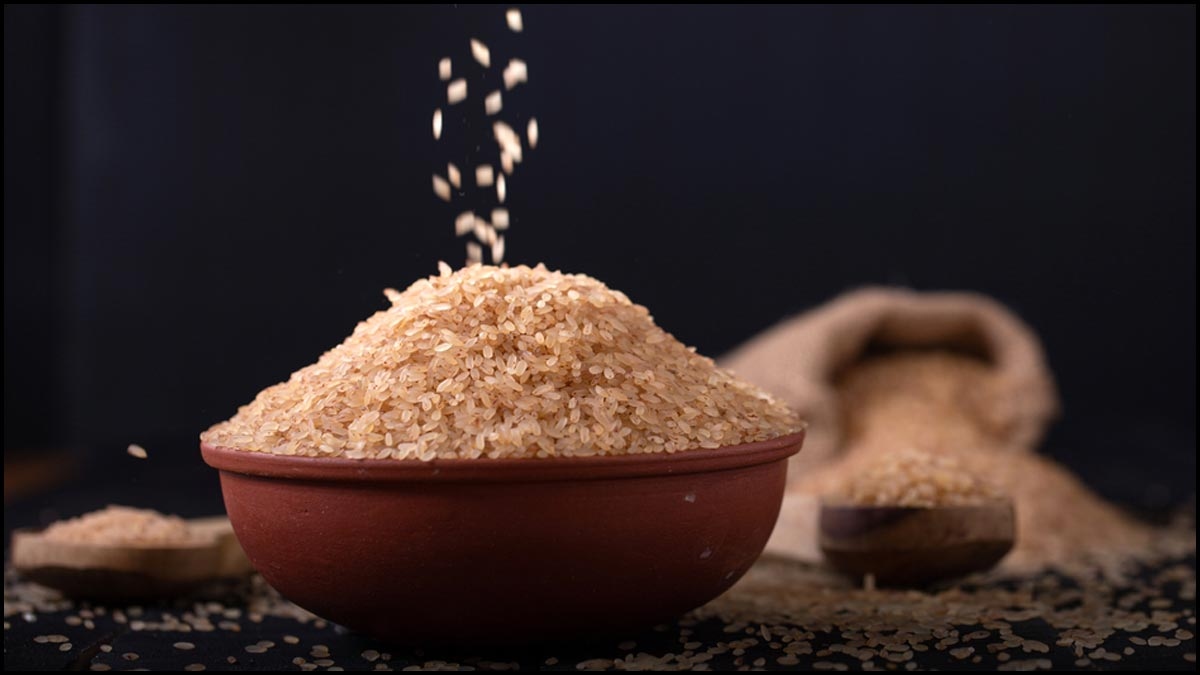
The FAO said a 1.3 percent rise in the FAO Food Price Index in July sent first-month growth rates positive again, the first uptick since April. Surging prices for global food commodities were driven by higher costs for rice and vegetable oil. Parts of Russia's withdrawal from the UN and a Turkey-brokered agreement allowing Ukraine to ship grain, as well as India's ban on some varieties of non-Basmati white rice, have contributed to the surging prices.
The exit of the grain deal and Russian attacks on Ukrainian ports and grain infrastructure disrupt supplies from major grain producers. Thus leading to global food crises. Thus, nations in parts of Africa, the Middle East, and Asia, where many are already battling w hunger with increased inflation, and poverty, are facing food insecurity.
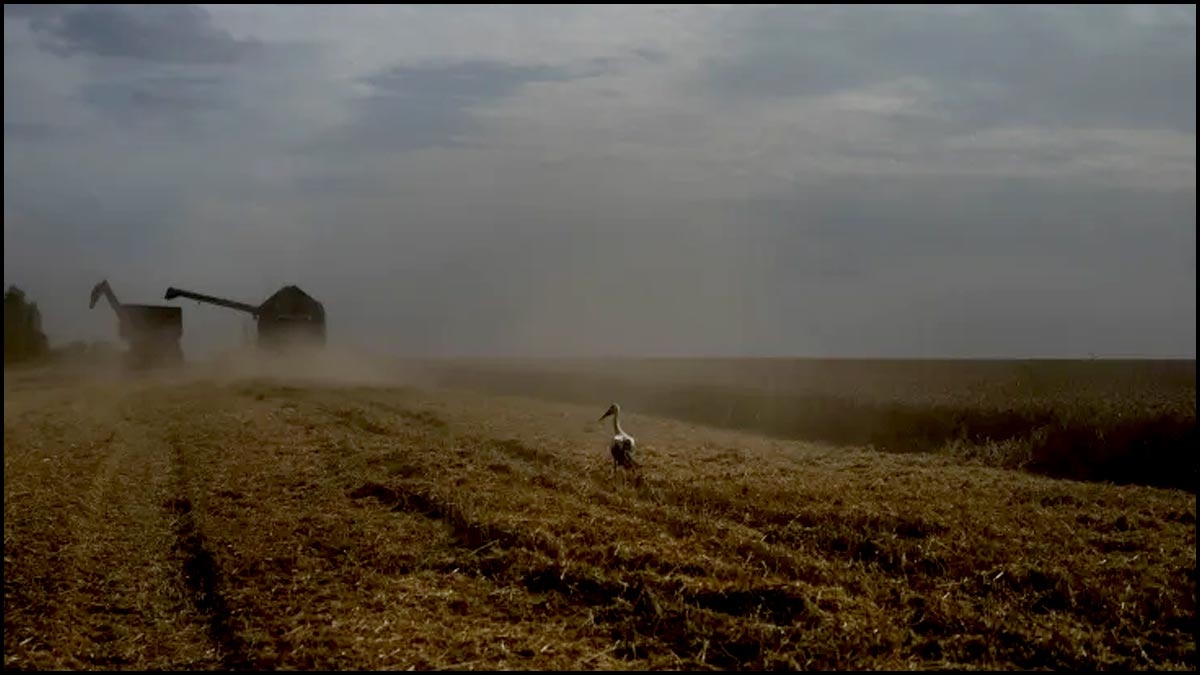
The world still has adequate food supplies, but imbalances in supply and demand across regions could lead to higher prices and possible food insecurity. Local food prices continue to climb in developing countries because of currency weakness against the dollar, which is used for purchasing grain and vegetable oil.
FAO says higher food commodity prices might prolong the delay in price relief reaching households in developing countries. In a report, it calls sub-Saharan Africa—which it terms a large rice importer—especially at risk of food security concerns.
Follow us on Google News and stay updated with the latest!
Comments
- logoutLogout

-

Bala Vignesh
Contact at support@indiaglitz.com




 Follow
Follow










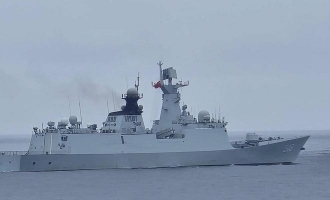
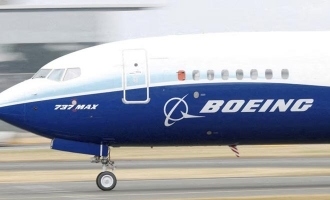

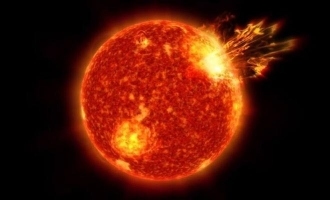










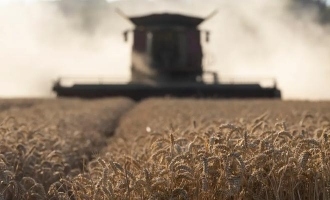





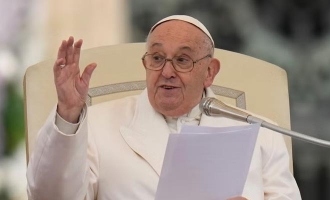





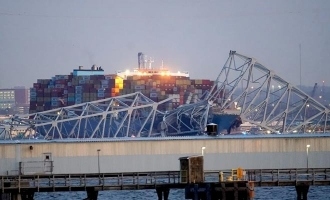



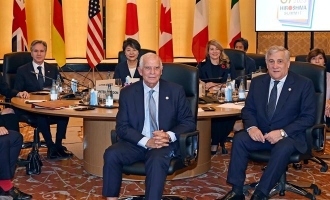

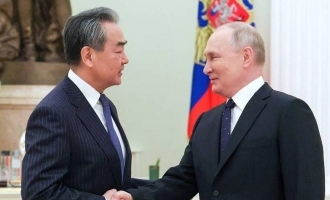







-a3e.jpg)
-3c4.jpg)
-e5c.jpg)
-e66.jpg)
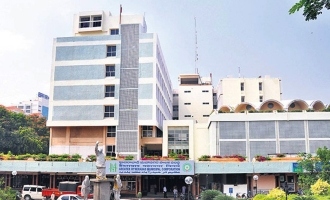
-71b.jpg)








